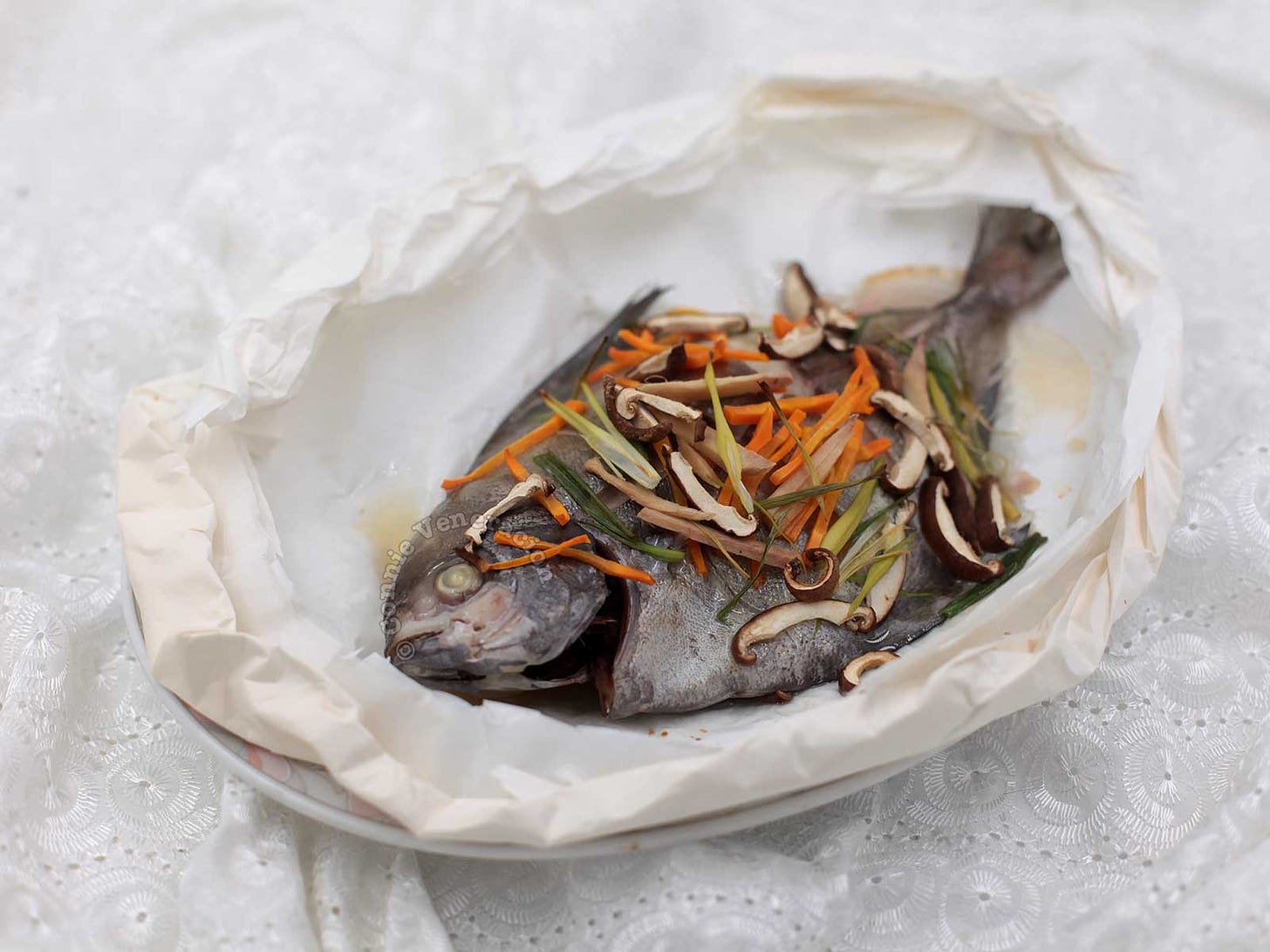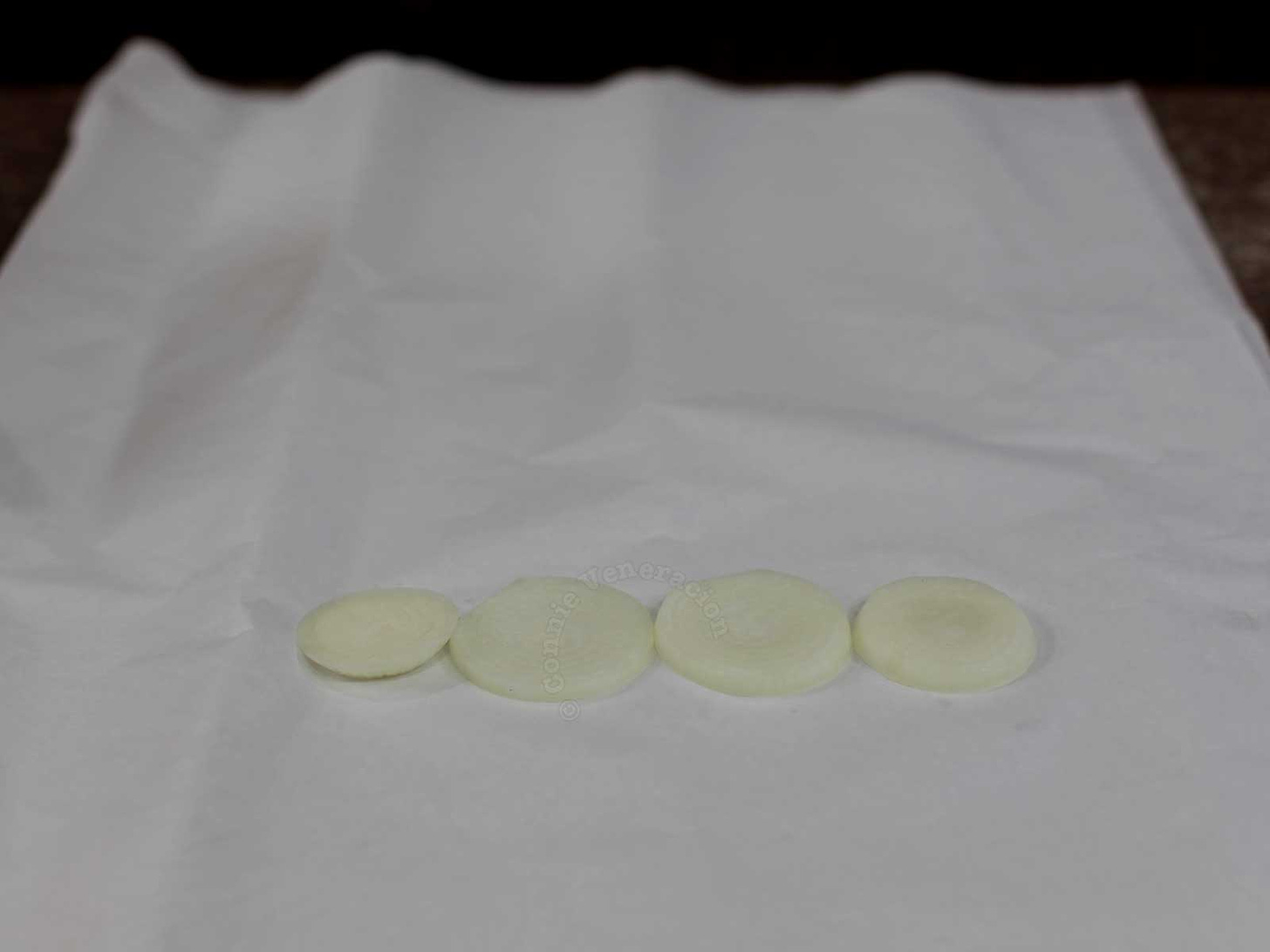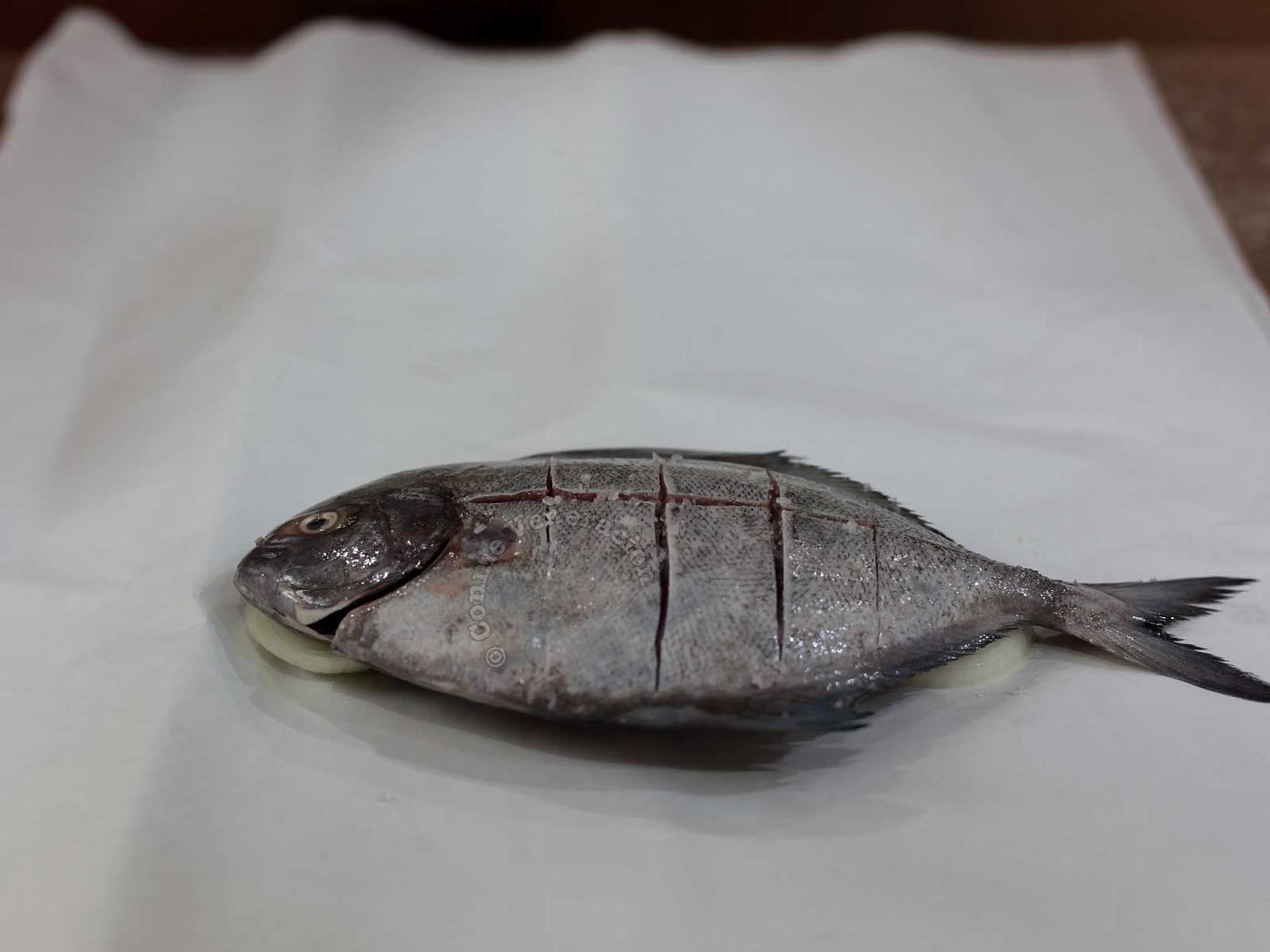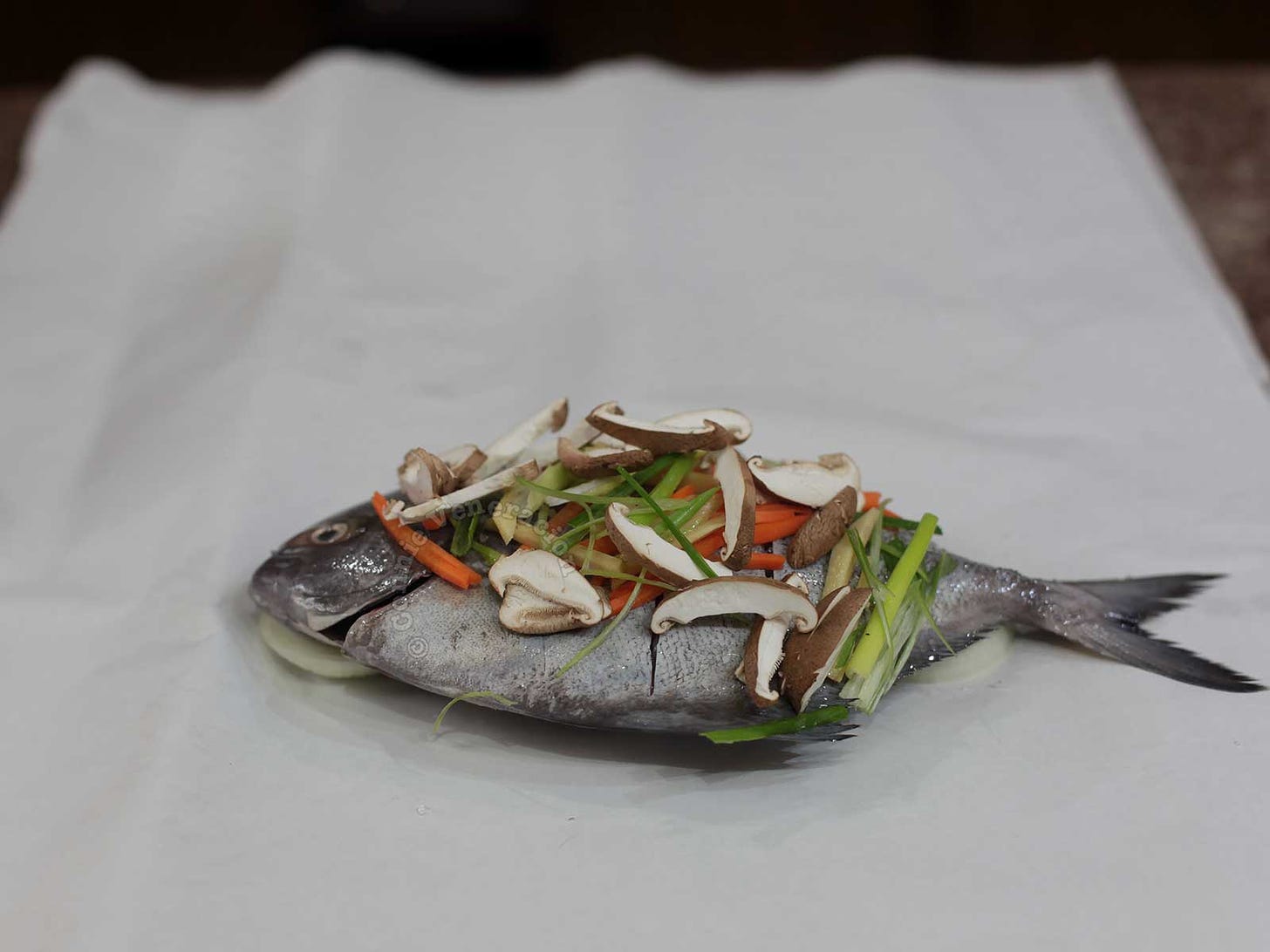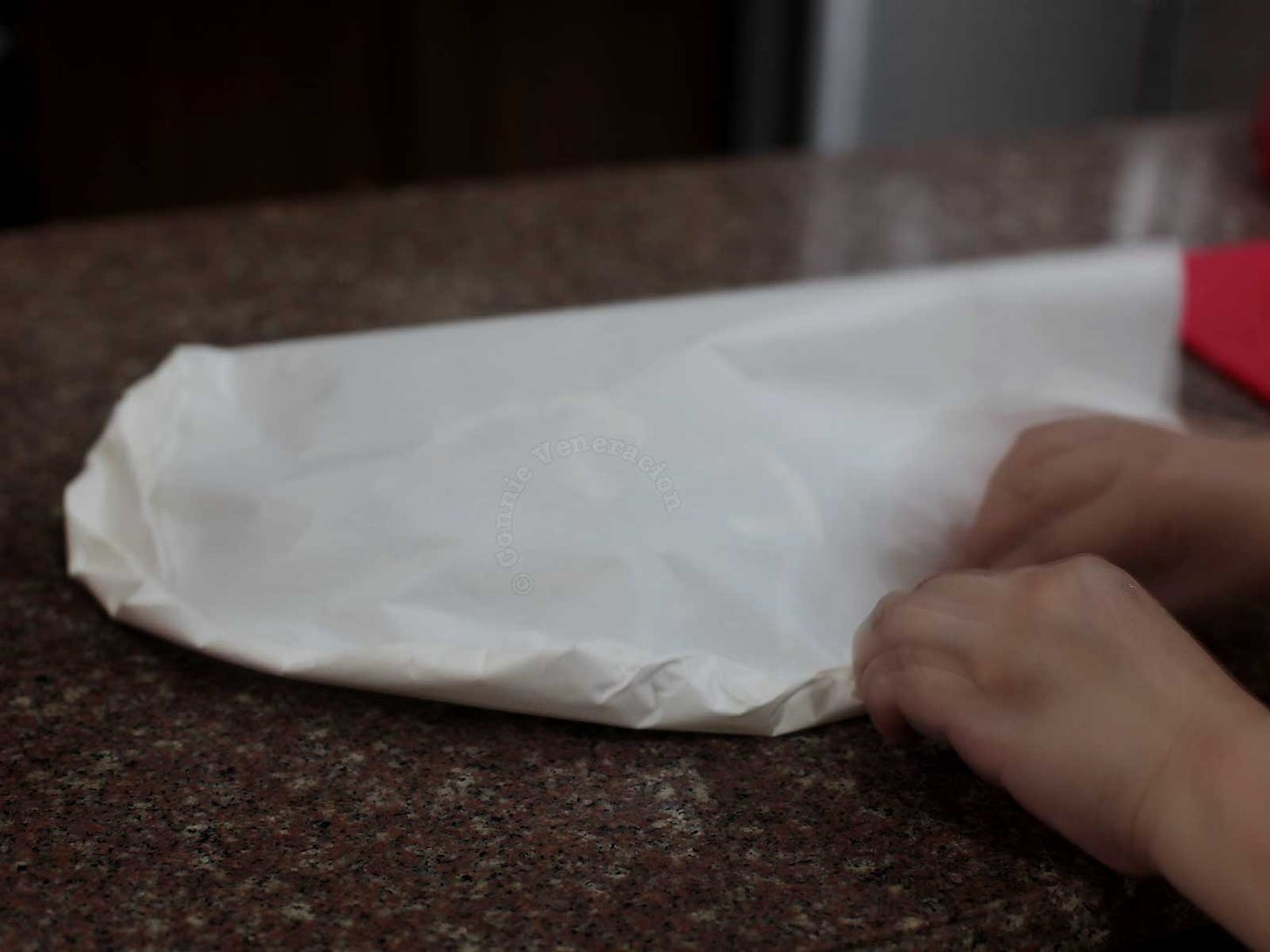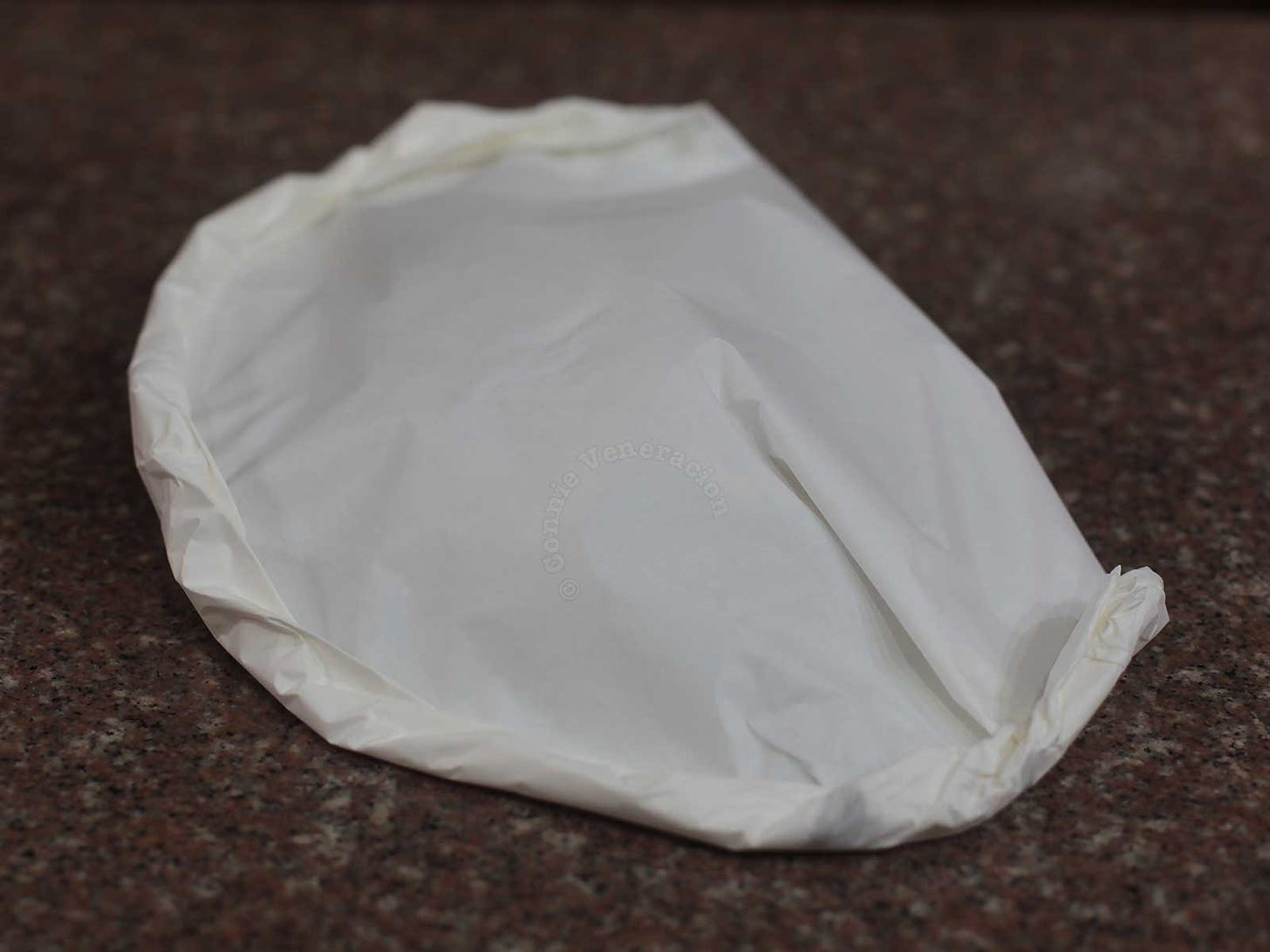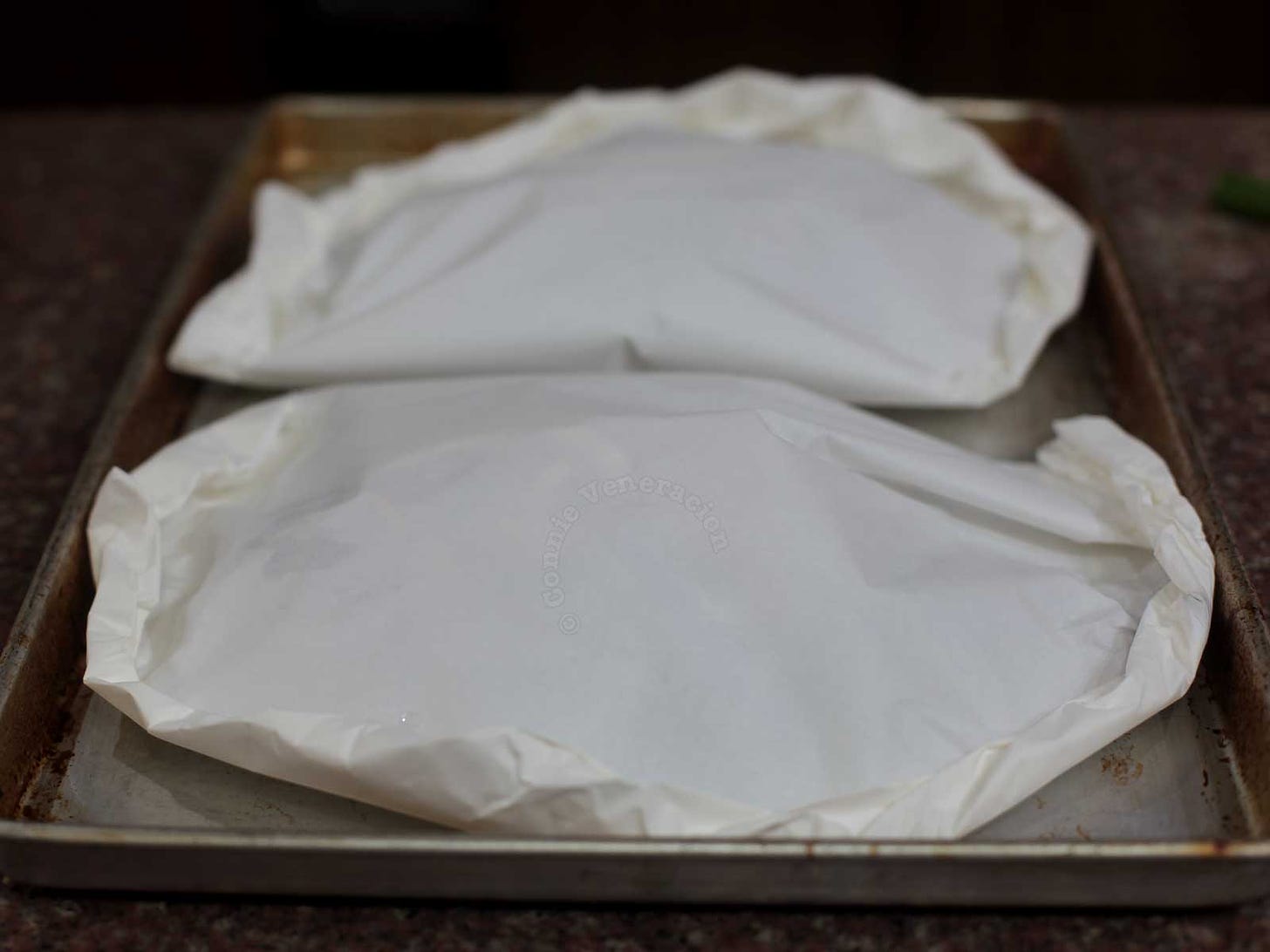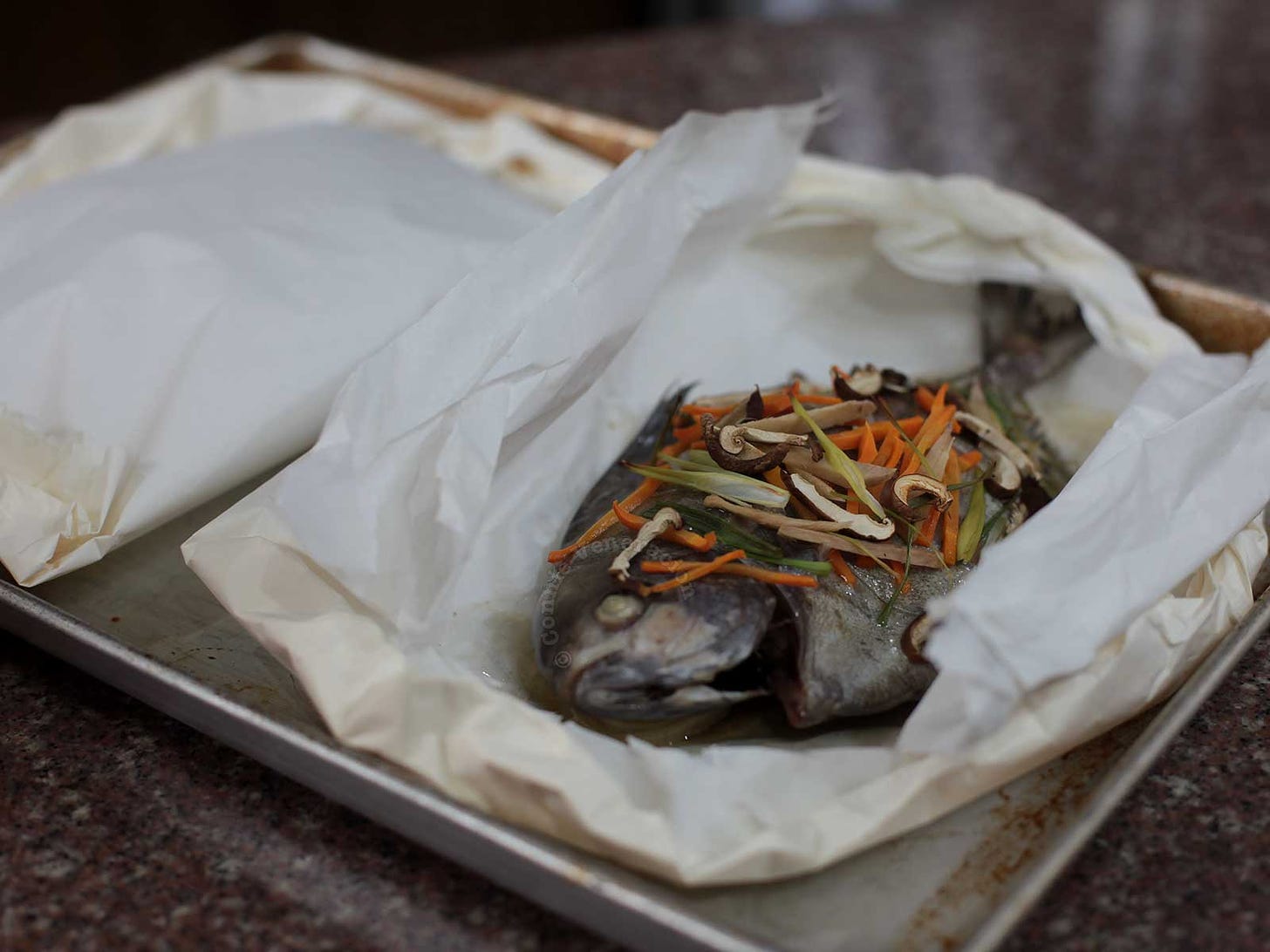Hi there!
Newsletter #17 is coming out earlier than usual to make up for my tardiness with newsletter #16. I was out of the house for two days last week and didn’t get any work done on the blog and in here too. My phone was dying, you see. For weeks, I had been carrying it around while attached to a powerbank. The combined weight reminded me of analog phones.
So, anyway, this is fish en papillote. Not a recipe but a visual tutorial in cooking a dish that non-native French speakers might find to be a tongue twister. En papillote is pronounced ahn-pa-pee-yote and it means “in parchment” or “in paper”. Just about any food can be cooked using this method although fish en papillote is the most well-known.
Why cook food in paper?
Well, it’s not as simple as “in paper”. The cooking method actually involves enclosing the food in folded paper and baking it. Instead of the oven heat directly touching the food, it cooks in the steam that builds inside the parcel. The result is a moist cooked dish.
Why not just steam the food?
You can if you have a steamer. But in parts of the world where a steamer is not a regular item in the home kitchen, a similar result can be achieved by cooking en papillote.
We do have a steamer. A large one (stainless steel), a medium-sized one (bamboo) and small ones (also bamboo). But, to be honest, en papillote is less messy. If you’ve experienced lifting a hot platter from the steamer basket, you’ll probably understand. There is a pool of cooking liquid that collects around the food and it’s hard not to have some of it spill or drip down the sides of the platter and into the steamer.
Meanwhile, when cooking en papillote, all the cooking liquid is contained in the parcel.
What kind of paper should be used?
We use baking paper. Sometimes, it’s parchment paper; if not available, then, just ordinary baking paper.
Why baking paper? Because baking paper is non-stick. You really don’t want the food to stick to the wrapper and have everyone peeling off pieces of paper that may be stuck to the portions that have been placed on their plates.
Don’t have baking paper? You may use aluminum foil or large pieces of leaves. Banana leaves, lotus leaves, grape leaves and bamboo leaves are just a few examples.
How to wrap food to cook it en papillote
I always use two sheets of paper. I cut them large enough so that the overhang on all sides are wide enough for easier folding and crimping.
I start by making a bed of onions on one side of the double layer of paper. Not only does onion provide additional insurance that the fish skin won’t stick to the paper, but also adds aromatic moisture (onion is high in water content) that gives the fish another layer of flavor.
I lay the fish (which had been scored and seasoned on both sides) on the bed of onions.
And then I top the fish with vegetables to add color, flavor and aroma.
I take the empty half of the layers of paper, fold it over the fish, and then I make overlapping folds along the edges, crimping as I fold and making sure that the top hangs over the fish like a tent rather than squishing it.
I slide the parcels into a baking tray and pop the tray into the preheated oven.
How long the fish should cook depends on the size. The thicker the flesh, the longer the cooking time. And that’s all there is to cooking fish en papillote. Seriously.
How should fish en papillote be served?
In the paper.
Use kitchen shears to cut the top open. Be careful with this. The first cut will release steam so be prepared for the hot air to hit your hand. Make a small cut first, wait a few seconds for the initial burst of steam to dissipate then cut the paper from end to end to expose the fish.
Slide the parcel onto a serving plate and enjoy.



